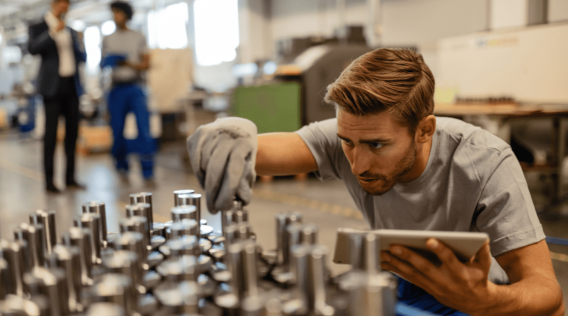Die casting is a widely used manufacturing process in which molten metal is injected into a mold cavity under high pressure. It is known for its ability to produce complex and precise parts with high dimensional accuracy. However, in order to achieve optimal results, it is crucial to design the die casting process carefully. In this article, we will discuss some essential guidelines for effective die casting design.
1. Material selection: Choosing the right material is the first step in die casting design. The material should have good fluidity, high strength, and good heat resistance. Aluminum and zinc alloys are commonly used in die casting due to their excellent properties. It is important to consider the specific requirements of the part and select the material accordingly.
2. Design for manufacturability: Designing parts for die casting should take into account the limitations and capabilities of the die casting process. Complex geometries and thin sections should be avoided as they can lead to defects such as porosity and shrinkage. It is important to design parts with uniform wall thickness to ensure proper flow of molten metal and to minimize the chances of defects.
3. Draft angles: Incorporating draft angles in the design is essential for easy ejection of the part from the mold. Draft angles allow the part to be released from the mold without damaging the surface finish or causing any deformation. Typically, a draft angle of 1-3 degrees is recommended for die casting.
4. Ribs and fillets: Adding ribs and fillets to the design can increase the strength and rigidity of the part. Ribs help to distribute the load evenly, reducing the chances of warping or distortion. Fillets also help to reduce stress concentrations and promote better flow of molten metal during the casting process.
5. Gate design: The gate is the opening through which the molten metal is injected into the mold cavity. The gate design plays a crucial role in ensuring the proper flow of molten metal and minimizing the chances of defects. It is important to position the gate in a way that allows for uniform filling of the mold cavity and promotes proper venting of gases.
6. Cooling system design: Proper cooling is essential for the solidification of the molten metal and the overall success of the die casting process. Designing an effective cooling system involves placing cooling channels strategically to ensure uniform cooling of the part. This helps to minimize the chances of defects such as shrinkage and porosity.

7. Surface finish: Designing for the desired surface finish is important in die casting. The choice of mold material, the use of coatings or surface treatments, and the design of the part itself can all have an impact on the final surface finish. It is important to consider these factors and design the part accordingly to achieve the desired surface finish.
In conclusion, effective die casting design plays a crucial role in the success of the manufacturing process. By following the essential guidelines discussed in this article, designers can ensure the production of high-quality parts with minimal defects. Material selection, design for manufacturability, draft angles, ribs and fillets, gate design, cooling system design, and surface finish are all key considerations that should be taken into account when designing for die casting. By paying attention to these factors, manufacturers can achieve optimal results and produce parts that meet the desired specifications.
-

- OEM komponente tlačnega litja za okvir avtomobilskih sedežev
-

- Otroško kolo iz magnezijeve aluminijeve zlitine, 3-8 let, poceni, vroča prodaja, 14-palčno otroško kolo ZA VEDNO, veleprodaja 2022
-

- Visoko precizni deli iz tlačne litine iz magnezijeve zlitine za avtomobilsko ključavnico za vžig
-

- Ohišje krmilnika avtomobilskih delov iz tlačne litine iz magnezijeve zlitine
-

- CNC obdelava in površinska obdelava livarskih delov za okvir kolesa iz magnezijeve zlitine
-

- OEM proizvajalec tlačnega litja proizvaja avtomobilsko armaturno ploščo iz magnezijeve zlitine

 0086-750-5616188
0086-750-5616188 +86 13392089688
+86 13392089688 sales@zhongmei-tech.com
sales@zhongmei-tech.com







